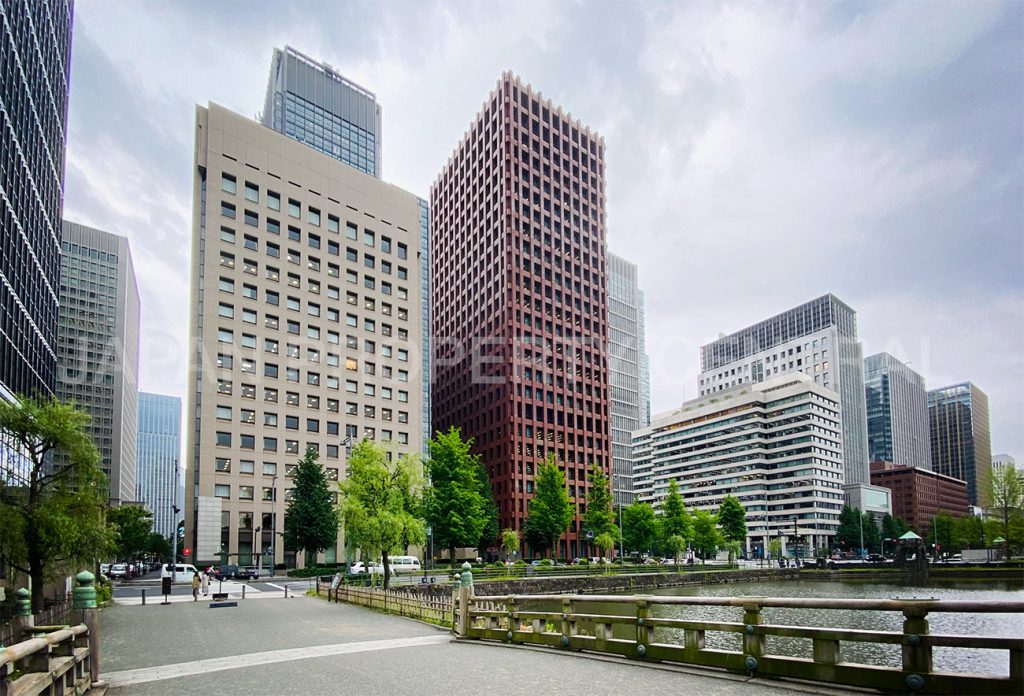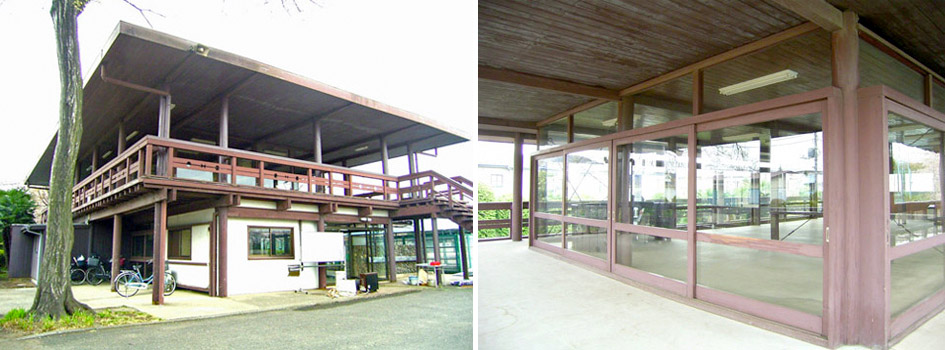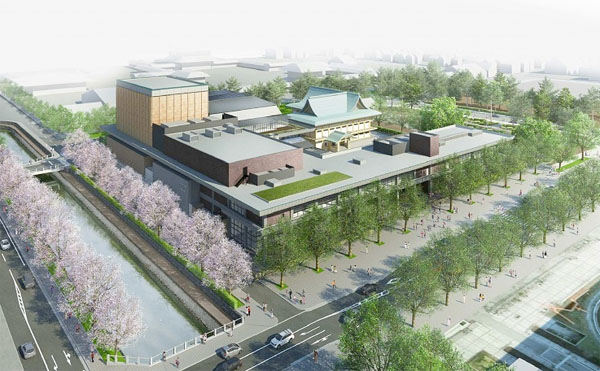Renzo Piano to design replacement for Kunio Maekawa-designed building

Tokio Marine Holdings has announced that Italian architect Renzo Piano will be designing the replacement for the Tokyo Marine Nichido Insurance Building in Marunouchi, Tokyo.
Marunouchi’s first high-rise to be demolished

Another building by an iconic architect is destined for the wrecking ball. This time it is the first high-rise to have been built in the Marunouchi business district in front of Tokyo Station.
Setagaya to demolish Kunio Maekawa-designed office buildings

On June 25, Setagaya Ward announced that they are considering demolishing and rebuilding the ward office buildings. The buildings may be replaced by 5 ~ 8-storey government office buildings, with construction starting by 2020.
The No. 1, No. 2 and Kumin Hall Buildings were designed by modernist architect Kunio Maekawa and built in 1959-1960. Read more
Tokyo City to demolish Kunio Maekawa-designed clubhouse

The Tokyo metropolitan government plans to demolish the Fujimigaoka Clubhouse in Suginami-ku within this financial year.
The 200 sqm, 2-storey wooden structure was built in 1954 as the clubhouse for the former NHK sports grounds. It was designed by Kunio Maekawa - one of Japan’s great modernist architects.
Suginami-ku had leased the grounds from NHK from 2007 until May 2015, and used the clubhouse as the management office. Tokyo City acquired the 10.9 hectare property from NHK between 2012 ~ 2014, and are preparing to turn it into a public park. Unfortunately the city has decided that the clubhouse must be demolished to make way for the new park.Read more
Renewal of modernist theatre in Kyoto reaches completion

Construction and refurbishment of the 55-year old Kyoto Kaikan building finished earlier this month. The original hall was designed by leading modernist architect Kunio Maekawa (1905-1986) and built in 1960. However, theatre stages were too small and the building was not equipped for operas or ballet performances. The building’s condition was also starting to deteriorate.
Kyoto City spent 11 billion Yen refurbishing the South Hall which included preserving the Maekawa-designed exterior, while the Main Hall was completely rebuilt into a 6-storey hall with 2,005 seats.Read more
